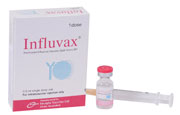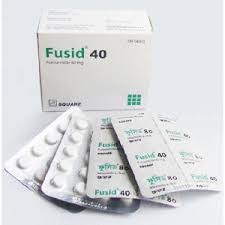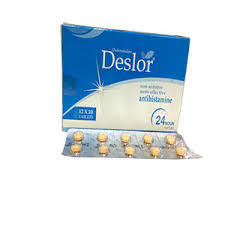Composition
Indications
Local envenomation-
- Presence of bite marks with or without oozing of blood, blistering and change in color of skin.
- Rapidly progressive or massive swelling involving more than half of the bitten limb within few hours of bite (without tourniquet)
- Development of enlarged tender lymph nodes draining the bitten part within couple of hours after bite
Systemic envenomation-
- Neurotoxic syndrome- signs of neuro-paralysis like blurring of vision, double vision, and difficulty in swallowing, sleepy feeling, drooping of head, slurring of speech and the voice may become indistinct with shallow breathing, ptosis, ataxia, respiratory paralysis and generalized flaccid paralysis.
- Hemotoxic syndrome- spontaneous systemic bleeding, nausea, vomiting, abdominal pain and abdominal tenderness suggestive of gastro-intestinal or retro-peritoneal bleed and/or renal damage, coagulopathy detected by 20 min WBCT with or without external bleeding and shock.
Immediate actions and first aid: Quick and positive measures should be taken to meet the emergency. Do not try to catch or kill the snake without proper tools and avoid unnecessary exposure to snack. Patient should be removed to a well-ventilated and quiet place and restrict his/her movement. Patient should be reassured to overcome fear. Immobilize the bitten part by applying immobilization bandage as done for a fracture and bitten part is kept below heart level. Ligation by applying tourniquets should be avoided, however, if applied it should be tied at moderate distance above the bitten part to prevent the entry of venom into the circulation. Patient should be immediately taken to nearby medical centre for treatment without loss of time.
Therapeutic Class
Description
Pharmacology
Dosage & Administration
However, considering the average quantity of venom injected by snake at the time of bite and degree of envenomation, it is recommended to administer initial dose of 5-10 vials of Snake venom antiserum by slow intravenous infusion either undiluted at a speed of not more than 2 ml per minute or after dilution with Normal /glucose saline at a rate of 5-10 ml/kg body weight over one hour. Children should receive the same dose as adults. Constant monitoring of the vital signs at frequent intervals during initial 1 hour is recommended. Requirement of further dosing depends on extent of reversal of coagulopathy confirmed after 6 hours of Antiserum administration by WBCT in haemotoxic bite or if symptoms persist or worsen or in respiratory failure in neurotoxic bite after 1 hour of Antiserum administration.
If the blood is still in coagulable or no signs of reversal of paralysis are seen, a further dose of 5 to 10 vials of Antiserum should be administered by slow IV route only. Administration by IM or locally around the bite wound is not recommended. In the majority of cases of both neurotoxic and haemotoxic bites, total dose of 15-20 vials is adequate unless a proven recurrence of envenomation is established. In such a scenario, further doses can be given as per clinical condition of the patient. Hypersensitivity skin test has no predictability value and hence should not be used.















Reviews
There are no reviews yet.